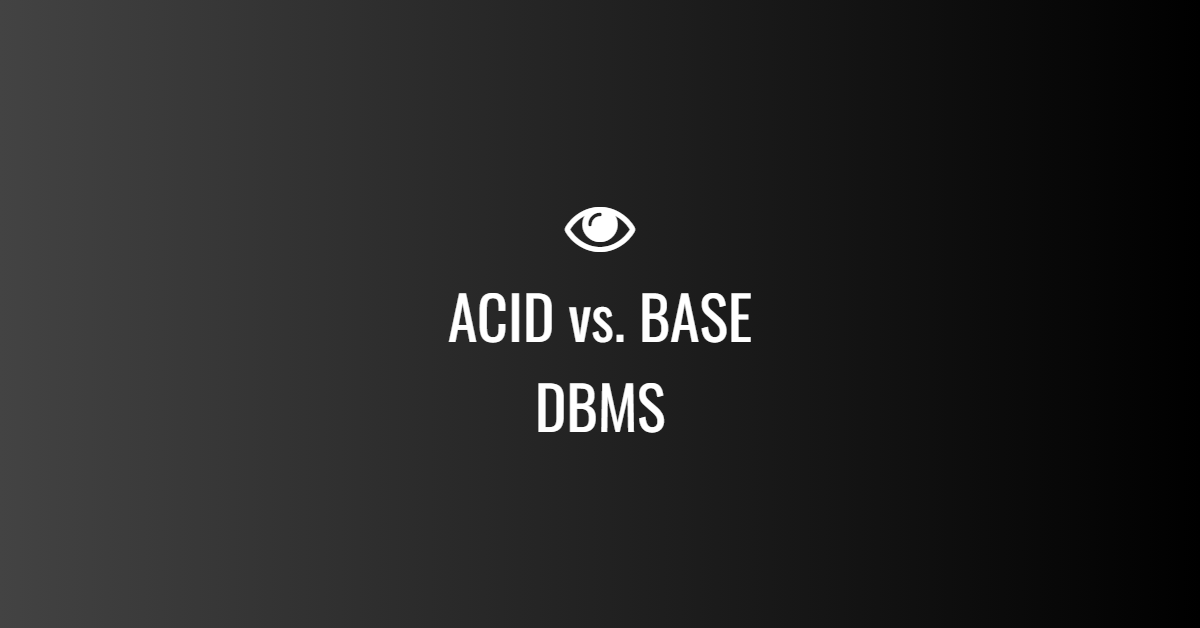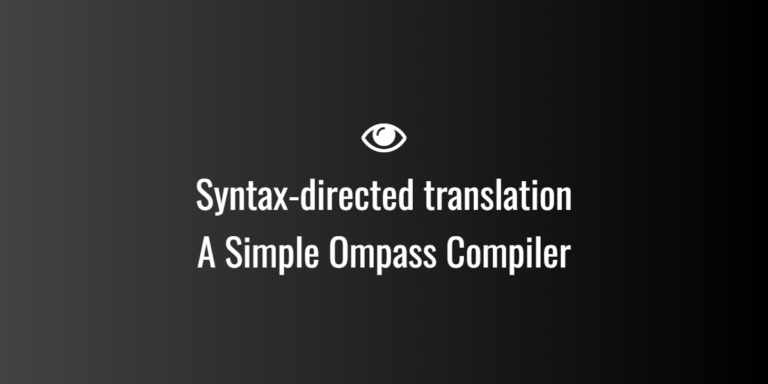
ACID vs. BASE
Introduction
Databases are crucial for managing and storing data efficiently. The two primary models governing database transaction management are:
- ACID (Atomicity, Consistency, Isolation, Durability) – Used in Relational Databases (SQL) for strong consistency.
- BASE (Basically Available, Soft-state, Eventual consistency) – Used in NoSQL Databases for high availability and scalability.
These models define how transactions behave in different database systems, depending on the needs of the application.
Key Differences Between ACID and BASE
| Feature | ACID (SQL Databases) | BASE (NoSQL Databases) |
|---|---|---|
| Focus | Ensures strong consistency | Prioritizes availability and scalability |
| Consistency Model | Strict & Immediate (Strong Consistency) | Eventual Consistency (Data syncs over time) |
| Availability | Lower during failures | High availability, even during failures |
| Scalability | Vertical Scaling (Adding more power to a single machine) | Horizontal Scaling (Distributing load across multiple machines) |
| Transaction Handling | Transactions are completed in full or rolled back | Transactions may be incomplete temporarily |
| Use Case | Banking, Finance, Government, Healthcare | Social Media, E-Commerce, Big Data, Real-Time Apps |
| Examples | MySQL, PostgreSQL, Oracle, Microsoft SQL Server | MongoDB, Cassandra, DynamoDB, CouchDB |
ACID Properties (SQL Databases)
1. Atomicity → “All or nothing” – A transaction is either fully completed or fully rolled back.
2. Consistency → Ensures data validity before and after transactions.
3. Isolation → Transactions execute independently without interference.
4. Durability → Once committed, data is permanently stored.
💡 Example: Banking Transactions
- If you transfer $100 from Account A to Account B, ACID ensures both the debit and credit happen together.
- If the system crashes, no partial transaction is saved.
BASE Properties (NoSQL Databases)
1. Basically Available → System remains operational, even if some data is outdated.
2. Soft State → Database state can change over time without strict consistency.
3. Eventual Consistency → Data updates will eventually be reflected across all nodes.
💡 Example: Social Media Updates
- When you post a status update on Facebook, some users may see the new post immediately, while others see it after a few seconds due to eventual consistency.
When to Use ACID vs. BASE?
| Use Case | Recommended Model | Why? |
|---|---|---|
| Banking & Financial Systems | ACID (SQL) | Ensures strict consistency for transactions |
| Healthcare & Government Data | ACID (SQL) | Prevents data corruption and ensures integrity |
| E-Commerce & Online Shopping | BASE (NoSQL) | Scales well for millions of users |
| Social Media (Facebook, Twitter, Instagram) | BASE (NoSQL) | Prioritizes availability over strict consistency |
| Big Data & Analytics | BASE (NoSQL) | Handles large volumes of unstructured data efficiently |
Conclusion
- ACID databases (SQL) are best for applications requiring strong consistency and reliability (e.g., banking, healthcare).
- BASE databases (NoSQL) are ideal for scalable, high-availability applications (e.g., social media, big data).
Choosing between ACID and BASE depends on whether you prioritize consistency (ACID) or availability and scalability (BASE).




